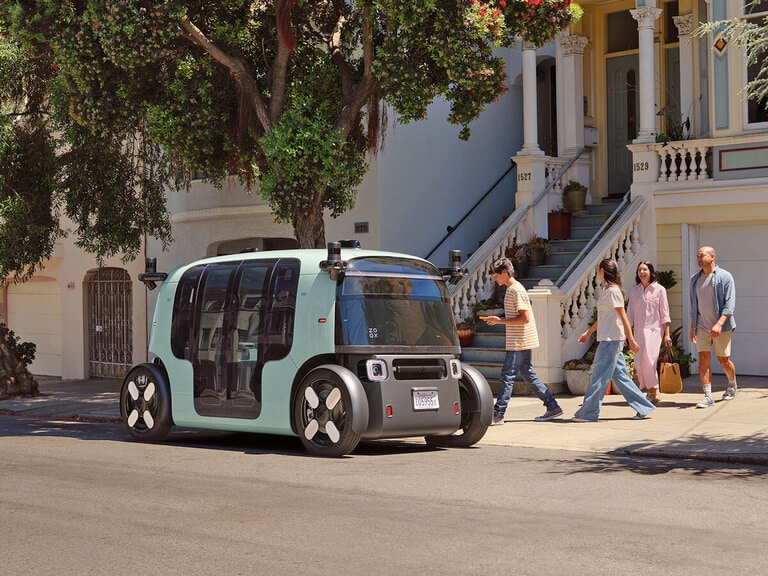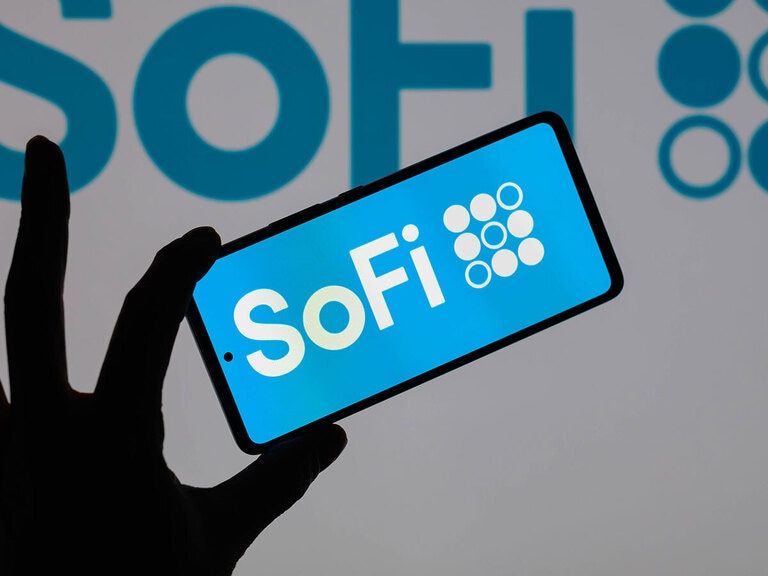As advanced, somewhat esoteric computing applications with considerable potential, both artificial intelligence (AI) and quantum computing have seen their fair share of investor hype in recent years. In the latest OPTO Sessions, D-Wave [QBTS] CEO Alan Baratz unpacks how the most promising applications could lie in the synergy between the two technologies.
Quantum vs Conventional
Despite quantum physics’ reputation for complexity, Baratz explains that its use in computing is relatively straightforward.
“At any point in time, a quantum computer is able to evaluate and operate on multiple possible solutions to the problem at the same time, allowing it to iterate its way to the best possible or correct solution much faster [than classical computers].”
This is the capability for which quantum is heralded. In certain use cases, the time to solve problems is exponentially lower than that achieved by classical computing systems, as seen in the chart.

D-Wave boasts some of the highest computational power in the quantum space, with a 5,000 qubit quantum computer called Advantage. Beyond being an order of magnitude ahead of most of the other functional quantum computers in the world, Advantage is already capable of “performing computations well beyond what’s possible with classical computers, even the most powerful supercomputers in the world.”
Do advances in quantum spell an end for classical computing? Not necessarily, Baratz says. “There are very important problems that can be solved on classical computers, whether they’re CPUs or GPUs or massively parallel GPU systems. But there are also problems that cannot be practically solved on those systems.”
Indeed, the company’s services are not limited to quantum — with its hybrid solvers solution, D-Wave uses “classical computing together with the quantum computer to solve hard computational problems, where we’re basically allowing each processor to solve the part of the problem that’s best suited to the capabilities of that processor.”
AI’s Quantum Leap
The advantages of quantum do not end with time saved — it is also about power consumption. “GPUs are massive power hogs,” Baratz explains.
“We hear every day that big tech is looking to buy nuclear power plants to kind of power these hyperscaler compute infrastructure environments,” he notes. “Quantum computers are much more energy efficient.”
To illustrate this, Baratz points to a recent calculation performed in the area of magnetic materials. D-Wave’s quantum computers performed in minutes an operation that would have taken Frontier, one of the world’s largest and most powerful supercomputers, nearly a million years. In power terms, “it took us about 12KW to perform that computation. If we were to perform it on Frontier, it would take well over global annual energy consumption.”
While D-Wave’s applications do not currently use AI, the company is “working on ways to integrate our quantum systems within AI environments” through two separate processes.
First, AI and quantum can be used independently to address different steps in solving an optimization problem, depending on the section each technology is best at.
Second, a firm could insert “the quantum computer into the AI model training and inference workflows.” Given the relative energy efficiency of quantum systems, Baratz argues that this second approach could be transformative for AI development, especially as the energy burden of data centers continues to balloon.
The intersection of AI and quantum may sound futuristic, but D-Wave has already put it into practice. Baratz cites the company’s work with Spain’s BBVA [BBVA] using both quantum computing and AI for financial portfolio optimization. On the research end, D-Wave has worked with the pharmaceutical division of Japan Tabacco [JAPAF] to enhance their large language model, allowing them to “compute better new molecular structures than with the models that were developed without quantum”.
The company is also working on integrating quantum into other cutting-edge technology, such as blockchain. According to Baratz, D-Wave runs “the first distributed quantum application across several of our computers where we are using them to basically implement a blockchain by computing and validating hash functions and, as a result, adding things to the blockchain with a high degree of security and energy efficiency.”
Soon, all of these use cases are likely to be supported by another quantum leap — a dramatic increase in D-Wave’s available computing power. Using a single chip, quantum computers have gone “from 500 qubits, to 1,000 qubits, to 2,000 qubits, to 5,000 qubits,” Baratz says. “But what we are now focused on is multi-chip. If I glue four 5,000 qubit processors together, I’m already at 20,000 qubits.”
And it’s not just theoretical, Baratz notes. “The challenge for us is really in how we interconnect the qubits and maintain the quantum mechanical properties across the chips. But we believe we know how to do that, and we’re working on prototype versions of that in our lab today.”
Ultimately, Baratz explains, that means the capacity and applications of quantum computing are poised for the same sort of growth classical computing has seen. “More qubits, more connectivity, means we can solve larger and more complex problems.”
Continue reading for FREE
- Includes free newsletter updates, unsubscribe anytime. Privacy policy





